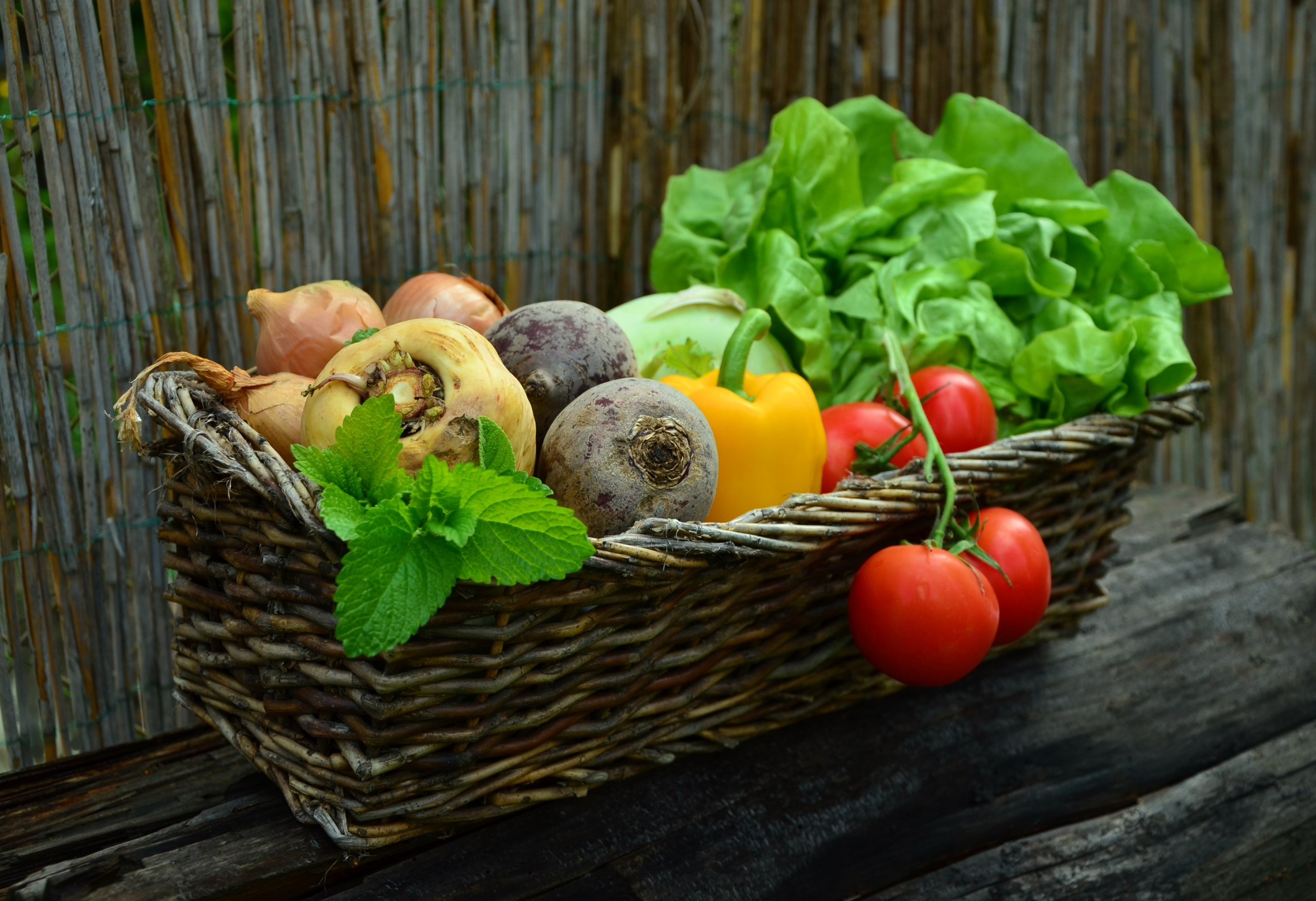It is very easy for your body’s PH to become more acidic based on your diet. Protein, specifically animal protein, is considered to be acidic. The UK’s National Diet and Nutrition Survey found that on average persons in the UK were consuming 44-55% more protein than they actually needed. The current RDI for adults is 50g per day- imagine two handfuls of your chosen protein.
I urge you to take a moment to reflect on your diet for a moment. Theoretically, let us say you had a Full English (pork sausage, bacon, and eggs) for breakfast, a ham and cheese toastie for lunch, and for dinner your main dish was a chicken breast. That is three meals with animal protein not to mention the vegetable protein you have consumed throughout the day (ie. beans on toast were included in your Full English breakfast). After taking a moment to reflect upon your diet ask yourself: Am I eating too much protein?
Now you’re probably asking yourself, how does my excessive need for a kebab relate to my body’s PH?
Well, when you consume more protein than your body requires it begins a process called Deamination*. Through the deamination process Ammonia is released into the blood stream. Ammonia is toxic to the human body which causes a shift in PH balance. This is then converted into urea by the liver and eventually filtered by the kidneys. High intake of animal protein has been linked to an increased risk of kidney stones, as well as chronic conditions related to the renal circulatory system.
How can we use your diet as a tool to correct your PH levels?
As Northcote’s Resident Vegan, I am not asking you to join my vegan army, or even go vegetarian – I am simply asking you to examine better ways of consuming protein.
Try incorporating more vegetables that are high in protein with a lower PH into your diet while phasing out animal protein. Tofu contains the 9 essential amino acids for a complete protein and is also on the basic side of the PH scale. It is also lower in fat than meat.
If you’re not a fan of tofu, tempeh, seitan or other meat replacements it is still possible for you to receive adequate protein intake from a mixture of vegetables. Vegetables are considered an incomplete protein, but with the right combination you can get as much if not more protein through combining vegetarian food while remaining on the basic end of the PH scale.
For dinner for example, if you were to have a side dish of amaranth, a salad (Bok Choy, Kale etc.) with various greens as a side dish, and a main dish of vegetable jambalaya consisting of mushrooms, bell peppers, onions, and sweet potatoes- you would have an adequate amount of carbohydrates and protein as well as a meal that is lower in fat and cholesterol and is high in vitamins A, B, C, D, and K.
Popular veggie hacks:
If you’re still not sure about transitioning into a more veggie friendly diet, why don’t you try these popular replacements? Recipes below!
- Swap chicken wings for cauliflower wings
- Swap pulled pork for jackfruit
- Swap steak Portobello mushrooms
If you have heard about trends such as ‘Raw til 4’, ‘Weekday Vegan’ or you are interested in incorporating more veggies into your diet join us on our Vegetarian month journey! Soon we will see the results of Delphine’s PH experiment, and we will hear from Claudia, an omnivore, on her first experience in a vegan restaurant.
Alicia Leary
*Proteins are build from amino acids. If a protein has the 9 essential amino acids it is considered a complete protein. Deamination is the process of removing an amine group from a particular molecule.
Veggie hacks recipes
https://www.hotforfoodblog.com/recipes/2014/2/11/cauliflower-buffalo-wings
https://veganheaven.org/recipe/jackfruit-pulled-pork-sandwiches/
https://www.rickiheller.com/2008/10/the-parable-of-the-steak/







